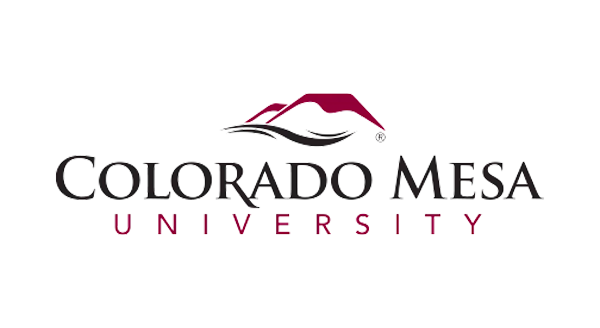Colorado Mesa University

About This Program
- The EMT-Basic represents the first component of the emergency medical technician system. An EMT-B is trained to care for patients at the scene of an accident and while transporting patients by ambulance to the hospital under medical direction. The EMT-B has the emergency skills to assess a patient’s condition and manage respiratory, cardiac, and trauma emergencies. EMT-Basic coursework typically emphasizes emergency skills, such as patient assessment, managing respiratory, trauma, and cardiac emergencies. Formal courses are combined with skills practice and time in an emergency room or ambulance for a total of 195 contact hours. The program also provides instruction and practice in dealing with bleeding, fractures, airway obstruction, cardiac arrest, and emergency childbirth. Students learn how to use and maintain common emergency equipment, such as backboards, suction devices, splints, oxygen delivery systems, and stretchers. Graduates of approved EMT-Basic training programs who pass a written and practical examination administered by the State certifying agency or the NREMT earn the title “Registered EMT-Basic.”
For more information on what you can do with this major, visit CMU Tech’s Programs of Study page.
All CMU/CMU Tech technical certificate graduates are expected to demonstrate proficiency in specialized knowledge/applied learning, communication fluency, and critical thinking. In addition to these campus‐wide student learning outcomes, graduates of this major will be able to:
- Demonstrate the theoretical knowledge and practical skills in the performance of patient assessment and develop a proper treatment plan. (Specialized Knowledge)
- Demonstrate skills practice according to NREMT standards in safety, professional behavior and ethical conduct. (Applied Learning)
- Apply standard of care skills and procedures to ensure the proper care and dosage of medications given to a patient. (Quantitative Fluency)
- Communicate courteously and effectively with Dispatch personnel, other health care professionals, patients and with the public. (Communication Fluency)
- Demonstrate error recognition and the ability to correctly interpret patient signs and symptoms, and establish a course of action to solve problems and improve patient outcome. (Critical Thinking)
